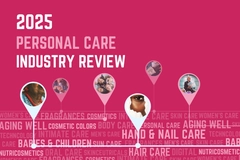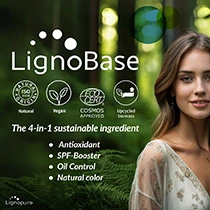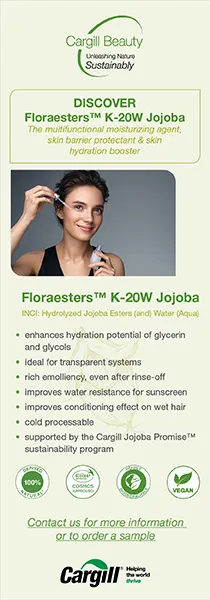EU chemicals reform may dilute independent cosmetics safety oversight, industry warns
Key takeaways
- IFRA supports the ECHA reform but urges EU lawmakers to protect the independence of the SCCS.
- IFRA warns that moving SCCS under ECHA without safeguards could dilute cosmetics-specific science.
- Independent SCCS reviews are crucial for ingredient safety, regulatory certainty, and cosmetics innovation.

Stakeholders in the personal care industry are calling on EU lawmakers to ensure that independent scientific oversight for cosmetics and fragrance ingredients remains protected, amid the European Chemicals Agency’s (ECHA) announced reform.
In a public statement, the International Fragrance Association (IFRA) says it backs efforts to modernize ECHA and streamline chemical assessments. Part of the reform includes the implementation of a “one substance, one assessment” (OSOA) chemicals review system.
Under the OSOA model, chemical safety decisions will be coordinated across various policy areas, including cosmetics, biocides, food safety, workplace protection, and the environment.
Future alignment under the ECHA’s proposed reform could lead to a “one-size-fits-all” safety assessment approach. Such an approach to safety assessments across multiple industries could dilute the scientific framework that is specific to cosmetics.
IFRA stresses that scientific bodies, such as the Scientific Committee on Consumer Safety (SCCS), must remain independent in their evaluations.
“IFRA highlights one key element for the fragrance sector: the continued independence and scientific expertise of the SCCS. Incorporating SCCS into ECHA as a stand-alone committee will ensure that cosmetics safety assessments remain robust, science-based, and timely,” the association says.
The statement comes as EU institutions continue discussions on the proposed ECHA reform, which was first unveiled in June this year.
No “one-size-fits-all”
The ECHA reform aims to prepare the agency for expanded responsibilities, including the implementation of an OSOA chemicals review system. The EU’s goal is to avoid duplicating chemical assessments and to create a single, coordinated process.
The SCCS currently operates independently. It provides scientific opinions on the health and safety risks associated with non-food consumer products, such as cosmetics and their ingredients.
IFRA fears that placing the SCCS entirely under ECHA, without clear safeguards, could blur its cosmetics-specific focus.
Other sectors use different scientific approaches and protection goals. For example, rules for environmental safety or workplace exposure may rely on different risk models and thresholds than those used in cosmetic skin-exposure science.
 Independent SCCS reviews are crucial for ingredient safety, regulatory certainty, and cosmetics innovation.Cosmetics brands and ingredient suppliers depend on independent SCCS reviews for regulatory certainty and innovation planning in the beauty and fragrance market.
Independent SCCS reviews are crucial for ingredient safety, regulatory certainty, and cosmetics innovation.Cosmetics brands and ingredient suppliers depend on independent SCCS reviews for regulatory certainty and innovation planning in the beauty and fragrance market.
While IFRA supports the reform, the association wants reassurance that SCCS expertise and independence will remain intact as the EU moves toward a more unified chemicals assessment system.
Preserving independence
IFRA says it supports the goal of a more efficient and transparent chemicals system. However, the association emphasizes that cosmetic safety reviews depend on the SCCS to maintain its complete scientific independence.
“To preserve this independence, IFRA recommends keeping the current practice of electing the SCCS Chairperson from among its members, a system that has long supported impartial and high-quality scientific work,” the association notes.
The personal care industry views SCCS opinions as critical inputs for ingredient approval, reformulation decisions, and long-term innovation planning. Shifts in the committee’s structure or autonomy could influence product development cycles.
IFRA’s statement reflects the broader industry sentiment that regulatory efficiency and scientific independence must advance in tandem. This remains important, particularly as the sector navigates rising regulatory demands and consumer expectations around ingredient transparency and safety.












